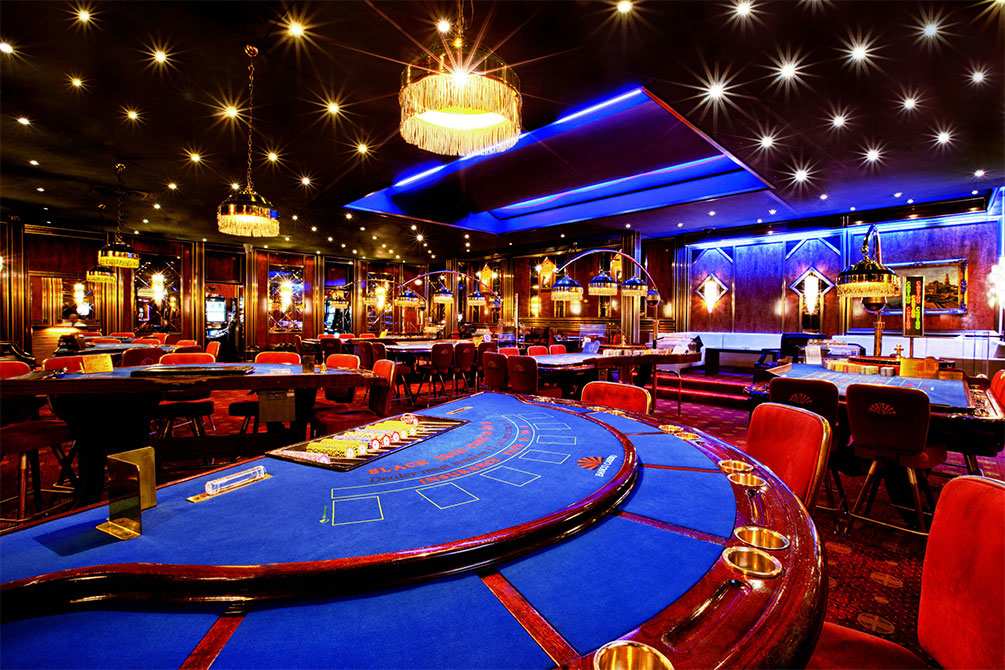
In the dynamic and thrilling world of casinos, wherein fortune and tactics intertwine, color and design play a critical role in drawing in players. From the moment players step inside a casino or log into a gaming website, they are immersed in a sightly feast that captures their attention and lures them to explore more. Bright colors, engaging graphics, and creative layouts are carefully crafted to create an atmosphere of excitement and anticipation, ultimately improving the gaming encounter.
As players move through the dynamic landscape of casino games, they encounter a variety of designs that not only serve visual purposes but also affect feelings and decision-making. Colors like red and gold symbolize wealth and fortune, while soothing navy and emeralds can create a much tranquil environment. Grasping how these elements function together allows casinos to create an welcoming and energizing atmosphere that encourages players to engage with the games, invest additional time at the tables, and boost their general enjoyment.
The Study of Tint in Gaming Establishments
Tint plays a key role in the creation of gaming experiences, influencing players’ emotional states and behaviors. Vivid and vibrant hues, such as crimson and amber, are often used to stimulate enthusiasm and attract notice. These shades create a sense immediacy and dynamism, encouraging participants to participate more eagerly with the game. By thoughtfully selecting colors, designers aim to evoke emotions of satisfaction and excitement, which can enhance the total game experience.
Distinct colors also have psychological connotations that can affect how players perceive their chances of victory. For case, green is frequently associated with luck and wealth, making it a well-liked choice in games like roulette and poker setups. This connection can lead participants to feel more optimistic and self-assured in their gameplay, ultimately motivating them to wager more. Grasping these links allows game designers to design environments that enhance player enjoyment and engagement.
Moreover, the layout of gaming interfaces often uses blended colors and opposing shades to guide player actions. For case, winning results may be emphasized with striking, contrasting hues, creating a visual reward. This technique supports favorable outcomes and encourages repeated engagement. By utilizing color psychology, gambling establishments can develop games that not only draw gamblers but also keep them interested and dedicated in their gaming experience.
Design Elements that Engage Players
The aesthetic appeal of casino games is largely influenced by the implementation of bold colors. Bright and contrasting colors are strategically chosen to create an inviting atmosphere that captures attention. For instance, reds and golds often signify luck and wealth, which is why they are prevalent in the palettes of gaming machines and game surfaces. These colors not only draw players in, but they also stir emotions related to thrill and expectation, enhancing the overall gaming experience.
In parallel to color, the aesthetic and organization of casino games play a significant role in captivating players. Games are designed to be intuitive, ensuring that players can easily understand the rules and gameplay. User-friendly interfaces, along with engaging graphics and motion, help maintain gamer interest and promote extended play sessions. The tactile elements, such as the texture of the buttons and the audio of the games, also add to a comprehensive sensory experience that keeps players engaged.
In conclusion, thematic elements in game design can greatly influence gaming decisions. Many gambling games are inspired by popular culture, fairy tales, or exploration motifs, featuring symbols and characters that resonate with players. These themes create a sense of engagement and connection, making each game feel distinct. When players feel a connection to the theme, they are more likely to choose that game over others, leading to increased participation and enthusiasm within the casino environment.
Case Studies: Notable Casino Game Designs
One prime example of impressive casino game design is the popular slot machine series themed around hit movies. https://shbet.asia/ Games such as those based on the The Wizard of Oz and Game of thrones utilize bright colors and superior graphics to immerse players in well-known narratives. The application of lively visuals and entertaining sound effects captures the attention of players, building an psychological connection to the theme. This strategy merely promotes longer play but also improves the overall gaming experience, leading to increased player retention.
Another notable case is the use of color psychology in table games like blackjack and the wheel. Casinos often create these games with rich reds and greens, colors traditionally connected with luck and wealth. For instance, the green felt on a 21 table provides a soothing effect, while the crimson accents in roulette invite excitement. This thoughtful use of color helps to foster an inviting atmosphere that motivates players to engage, fulfilling their psychological impulses and boosting their enjoyment.
Finally, social casino games that feature social features and lively, colorful designs have seen remarkable success in engaging players. Games like Zynga Poker and Slotomania leverage vivid colors and playful animations to establish an inviting online environment. The addition of leaderboards, community sharing options, and in-app rewards fosters competition and community, drawing players in for longer sessions. Such designs not just make the games visually appealing but also highlight social interaction, a crucial factor in player retention and engagement within digital casino environments.
